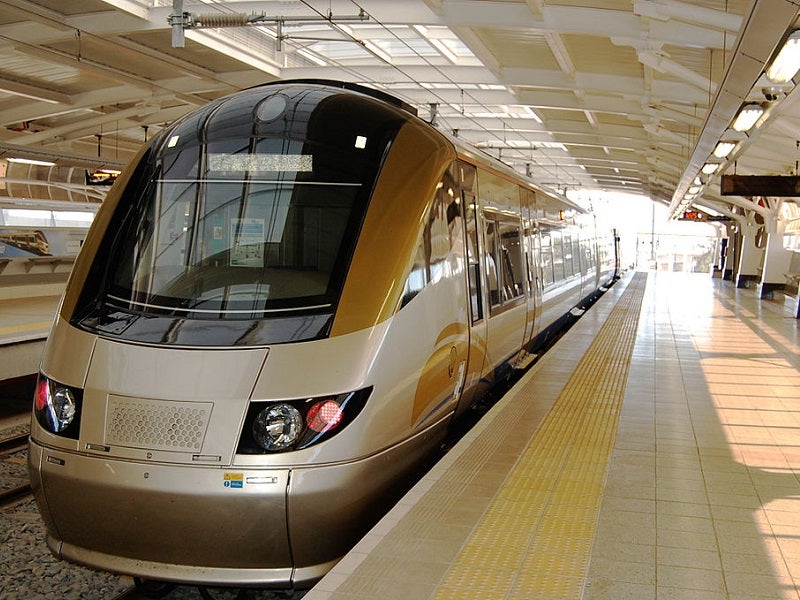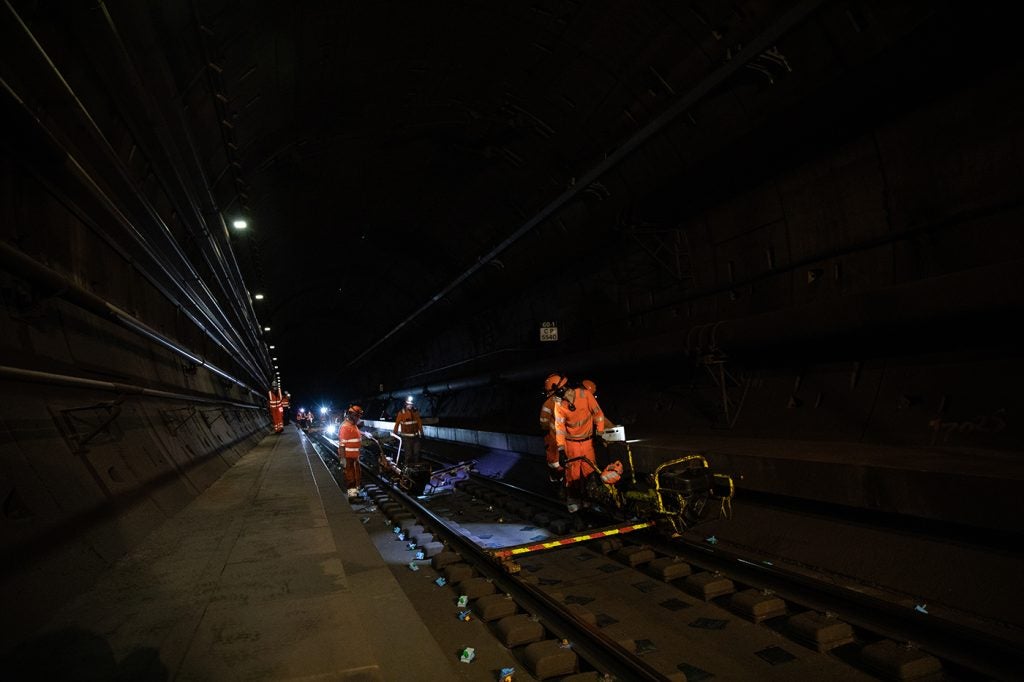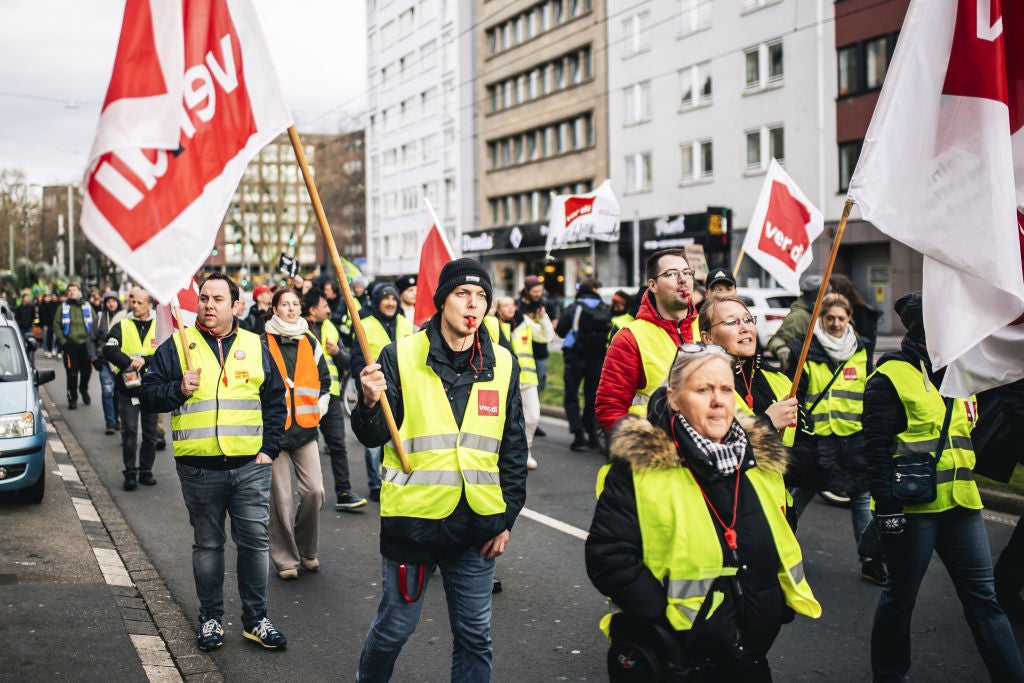
The South African province of Gauteng is by far the country’s wealthiest and most economically valuable asset, contributing just over a third to South Africa’s economic output, according to 2016 data from Stats SA.
Supported by the presence of two key hubs such as Pretoria and Johannesburg, where most political and financial activities take place, the region is also home to the Gautrain, South Africa’s first world-class, modern rapid rail and bus service, as well as the first high-speed urban train on the continent.
An 80km network linking Johannesburg, Pretoria and OR Tambo International Airport, the Gautrain has become one of the most highly rated services in the country since its opening in 2010 – coinciding with the FIFA World Cup taking place in South Africa – and is often praised for creating a sustainable alternative to road transport.
While it wasn’t built specifically to support increased traffic during the World Cup, it is arguably one of the event’s greatest legacies and has great potential to further economically boost the region and its people.
Now poised to kick off a new expansion that will extend its reach to more areas in the Gauteng province, the network is hoping to address growing capacity constraints in spite of the nation’s poor economic growth and decreasing ridership.
A welcomed arrival despite delays and cost increases
It took the Gauteng Provincial Government 12 years to see the network fully come to life, having officially announced the project in 2000, it was completed around 2012.
How well do you really know your competitors?
Access the most comprehensive Company Profiles on the market, powered by GlobalData. Save hours of research. Gain competitive edge.

Thank you!
Your download email will arrive shortly
Not ready to buy yet? Download a free sample
We are confident about the unique quality of our Company Profiles. However, we want you to make the most beneficial decision for your business, so we offer a free sample that you can download by submitting the below form
By GlobalDataOnce approved, its construction was awarded to a consortium of companies including Bombardier Transportation and Bouygues Travaux Public, with the former in charge of building a luxury fleet of 24 Electrostar carriages featuring air conditioning and brand new carpets.
Under pressuring time constraints and with the World Cup looming, the network suffered several delays, and construction costs rose from an initial R3.5bn in 2002 to a total of R25.4bn in 2011.
Prior to its inauguration, at the dawn of the World Cup, the project was also hit by criticism, with many arguing it would ultimately exclude the poorer population living in suburban townships, who would still have to rely on the more dangerous public minibuses and commuter trains.
Nevertheless, the brand new Gautrain carriages eventually started running on tracks between 2011 and 2012, when the second phase of construction came to an end.
Since then, it has gone on to serve 15.6 million people in the 2016/17 financial year across ten stations, providing a train every 12 minutes during peak hours. Train rides between Pretoria and Johannesburg now take as little as 35 minutes, almost half the time it takes by car.
A ‘significant and immediate impact’ on the Gauteng province
Despite initial scepticism, the creators of the Gautrain network are now finally reaping the fruit of their labours, and a recent report titled ‘Economic and social impact of Gautrain’ is testament to it.
The report, which was released by the Gautrain Management Agency (GMA) and Gauteng MEC for Roads and Transport Jacob Mamabolo in July this year, found that since 2010, the Gautrain Project has supported the creation of thousands of jobs, committed R37.5m to community organisations and contributed some R78 to Gauteng’s economy per trip.
“Gautrain has actually had an economic impact from 2007 when the construction started and in 2010 when the rail services commenced in Phase 1,” explains GMA chief operating officer William Dachs. “It also had a significant and immediate impact because it linked the major hubs or nodes of economic activity in the province with a fast and reliable rail service, generating significant social and economic benefits.”
The report further claims that the Gautrain has triggered a shift in the region’s perception of public transport, which now represents a valuable alternative to cars and taxis, saving commuters 22 minutes on average and an impressive 43 minutes during morning peak hours on the route between Pretoria and Johannesburg.
Significant challenges continue to stand in the way
Despite its contribution to Gauteng’s economy and promotion of sustainable transportation, the network has had to deal with several issues in its relatively short history.
Other than facing a considerable rise in costs before and during its construction, the Gautrain also faced public backlash in January this year, after local media outlet Independent Online revealed that about R100m of Gauteng taxpayers’ money is being used to subsidise the Gautrain network.
After years of steady yearly growth, ridership has also started decreasing, with the GMA witnessing a drop of 3.8% from 15.6 million passengers between 2016 and 2017 to roughly 15 million in the 2017/18 financial year.
Earlier in 2019, GMA CEO Jack van der Merwe attributed the decline to a number of factors including capacity constraints and ongoing violence taking place near Gautrain stations.
In addition, Dachs says these issues are mainly related to “our external environment where factors like poor economic growth and poor road toll collection have negatively impacted on our ridership.
“Strikes by operating staff have also been a challenge in the past as they also negatively impact passenger demand.”
Finally, prices have been subjected to several increases over the year as a result of inflation.
Could a new expansion help restore faith into the network?
Some of these issues might soon be tackled as part of plans to expand the Gauteng network, as outlined in the GMA’s report.
The plan offers a solution to challenges set to hit the Gauteng area in the next 18 years, namely increasing traffic congestion – with peak hour trips on key roads expected to take 70% longer than off-peak trips – and consequent deterioration of air quality, as well as concerning unemployment rates, which are currently higher than anywhere else in South Africa.
As a result, new tracks and stations will be introduced to all Gautrain’s three routes as part of the new expansion plan, which, once completed will include new routes to Lanseria Airport to OR Tambo International Airport, from Mamelodi to Menlyn and the Mall of Africa, and from the East Rand to Sandton, Rosebank and Soweto.
Some R110bn are to be spent on track and adding 19 new stations, while R24.4bn will go into improving existing parts of the network to extend its reach to underserved areas.
“We have developed a 25-year integrated transport masterplan that shows that, without developing rail as the backbone of our urban transport system, our transport system that is currently predominately road-based will grind to a halt with disastrous effects on our local and national economies,” says Dachs.
More than anything, the expansion will mean an additional two million township residents will have access to the network, which could unlock more employment and education opportunities, as well as provide a safer and faster mean of transport.







